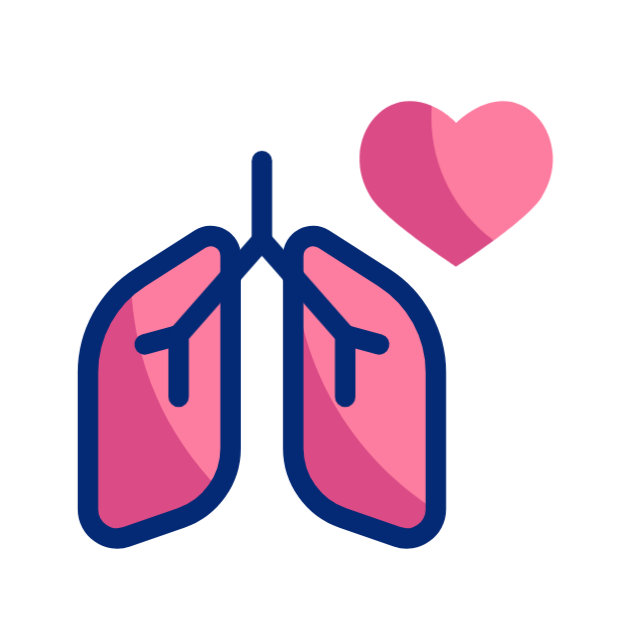
Diversity in the living world refers to the variety and variability of life forms present on Earth. It encompasses the vast number of different species, ecosystems, and genetic variations within those species. The study of this diversity is essential to understanding the complexity and interdependence of life on Earth.

Biological Classification is the system of organizing living organisms into groups based on similarities in their characteristics. It helps in understanding relationships and evolution.

The Plant Kingdom (Kingdom Plantae) includes all multicellular, eukaryotic, autotrophic organisms that perform photosynthesis.

Animal Kingdom (Kingdom Animalia) includes all multicellular, eukaryotic, heterotrophic organisms that usually show movement and respond quickly to stimuli.

This topic deals with how cells are organized into tissues, organs, and organ systems in multicellular organisms.

Some Flowers Generate Heat
The Eastern skunk cabbage can produce heat (thermogenesis) to melt snow around it and attract early pollinators in cold weather.

In animals, the body is organized from cells to tissues, then organs, and finally organ systems, each level specialized for specific functions.

The cell is the basic structural and functional unit of life. All living organisms are made up of one or more cells.

Biomolecules are organic molecules essential for life.

The cell cycle is the series of events that take place in a cell leading to its division and replication. Cell division is essential for growth, repair, and reproduction in organisms.

Plant Physiology is the study of how plants function, including all physical, chemical, and biological processes vital for plant life.

Respiration in plants is the process by which plants break down glucose to release energy (ATP) for cellular activities.

Plant growth and development refers to the increase in size, number of cells (growth), and the progression through stages like seed germination, flowering, and fruiting (development).

Human Physiology is the study of how the human body functions. It involves understanding the structure and function of organs and systems that work together to maintain homeostasis, support life, and enable growth, development, and reproduction.

Body fluids and circulation are essential aspects of physiology, ensuring the proper transport of gases, nutrients, hormones, waste products, and other substances throughout the body.

Excretion is the process of removing waste products produced in the body during metabolic activities. These waste products must be eliminated to maintain homeostasis and prevent toxicity.

Locomotion refers to the ability of an organism to move from one place to another, while movement is a broader term that includes all types of movements within the organism, such as internal movements (e.g., food through the digestive system) or the movement of individual parts of the body.

Neural control and coordination refer to the process by which the nervous system controls and coordinates the functions of the body, allowing organisms to respond to stimuli in a timely and organized manner.

Chemical coordination and integration in living organisms refer to the processes by which different parts of the body communicate and coordinate their activities using chemical signals (mainly hormones).

